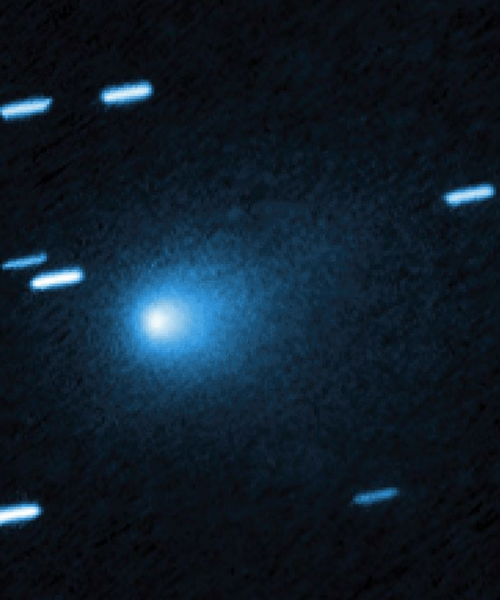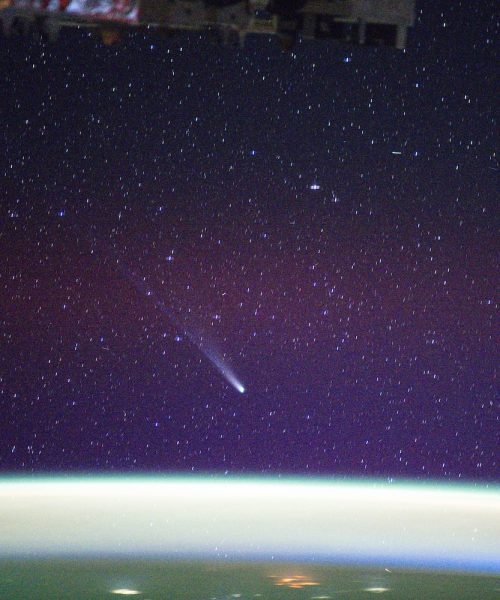Mars receives its fair share of cosmic collisions. With less than one percent the atmosphere as Earth, some meteoroids fail to burn up entirely before reaching the Red Planet’s surface. When they do, they can usher dramatic changes to the barren Martian landscape that stretch for miles. In the future, they may even cause problems for human explorers.
The results of these events are detailed in a study published on November 6 in the journal Nature Communications by researchers at the European Space Agency (ESA) and Switzerland’s University of Bern. Planetary scientist Valentin Bickel used deep learning algorithms to identify and analyze images of over two million slope streaks–areas where Mars’ top layers of fine dust have been displaced. Given the planet’s lack of water, Bickel and colleagues theorize that wind is responsible for the vast majority of these feathery streaks.
However, around one in 1,000 slope streaks is caused by visitors from outer space. One such example was documented on Christmas Eve 2023 by the ESA’s ExoMars Trace Gas Orbiter. In a photo taken by the orbiter’s onboard Color and Stereo Surface Imaging System, a fading cluster of impact craters are visible near the base of Apollinaris Mons, an ancient shield volcano near Mars’equator. The results from the meteoroid’s powerful impacts sit above the crate–a roughly 2.3 square mile patch of discolored slope streaks. It’s an impressive find given their relative rarity.
“Dust, wind and sand dynamics appear to be the main seasonal drivers of slope streak formation,” Bickel said in a statement. “Meteoroid impacts and quakes seem to be locally distinct, yet globally relatively insignificant drivers.”
Additional data helped Bickel and colleagues determine the meteoroid impacts and streak formations likely occurred between 2013 and 2017. Although they can be found around the planet, the new survey identified five distinct, still visible hotspots still that likely formed between 2006 and 2024.
“Obtaining long-term, continuous and global-scale observations that reveal a dynamic Mars is a key objective of present and future orbiters,” added ExoMars Trace Gas Orbiter project scientist Colin Wilson.
The valuable information doesn’t just help Martian satellites. Every potential danger and variable requires consideration before humans step foot on the Red Planet. Meteoroid strikes are rare, but their consequences could still be wide-reaching.
“These observations could lead to a better understanding of what happens on Mars today,” added Wilson.






